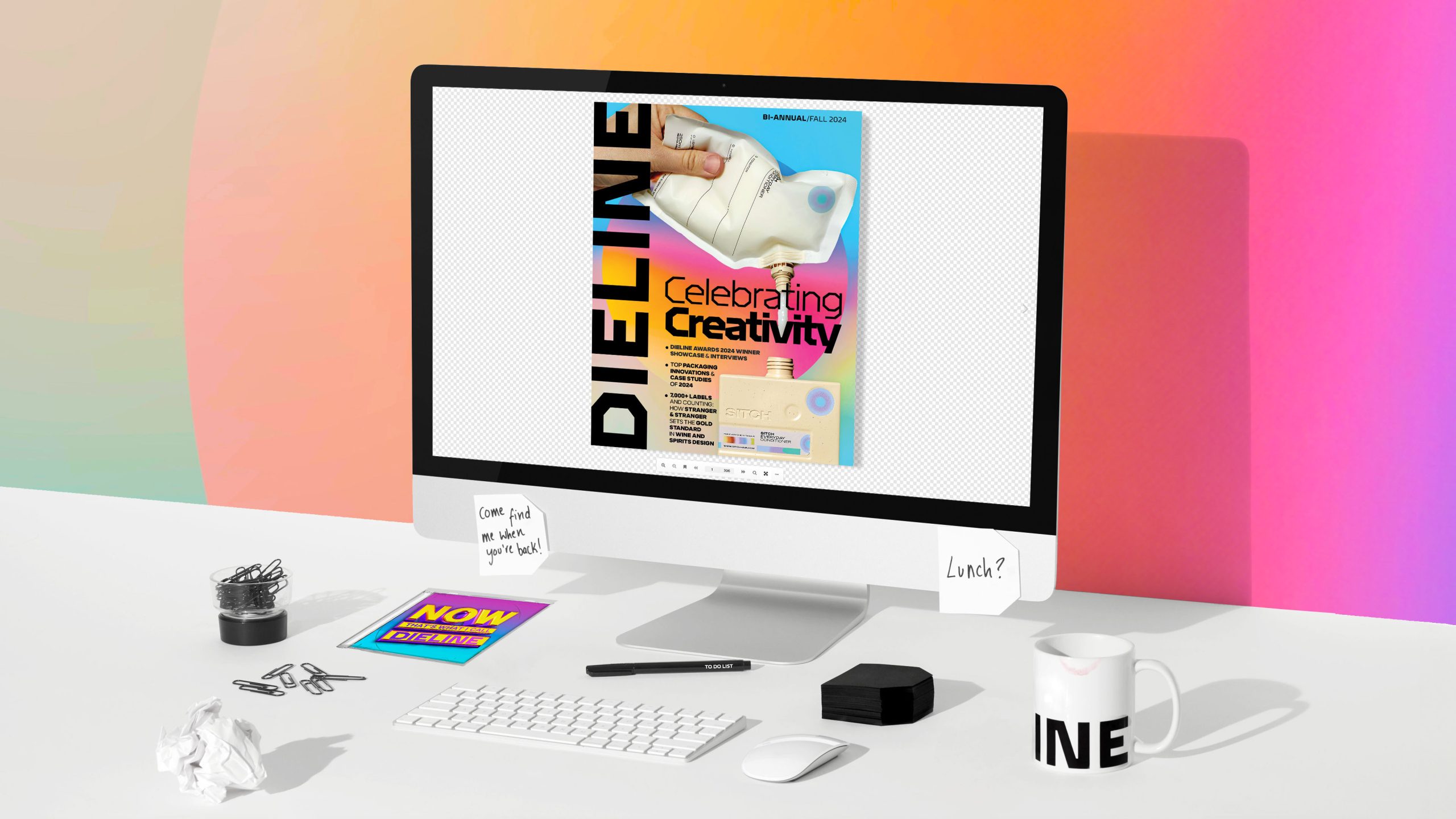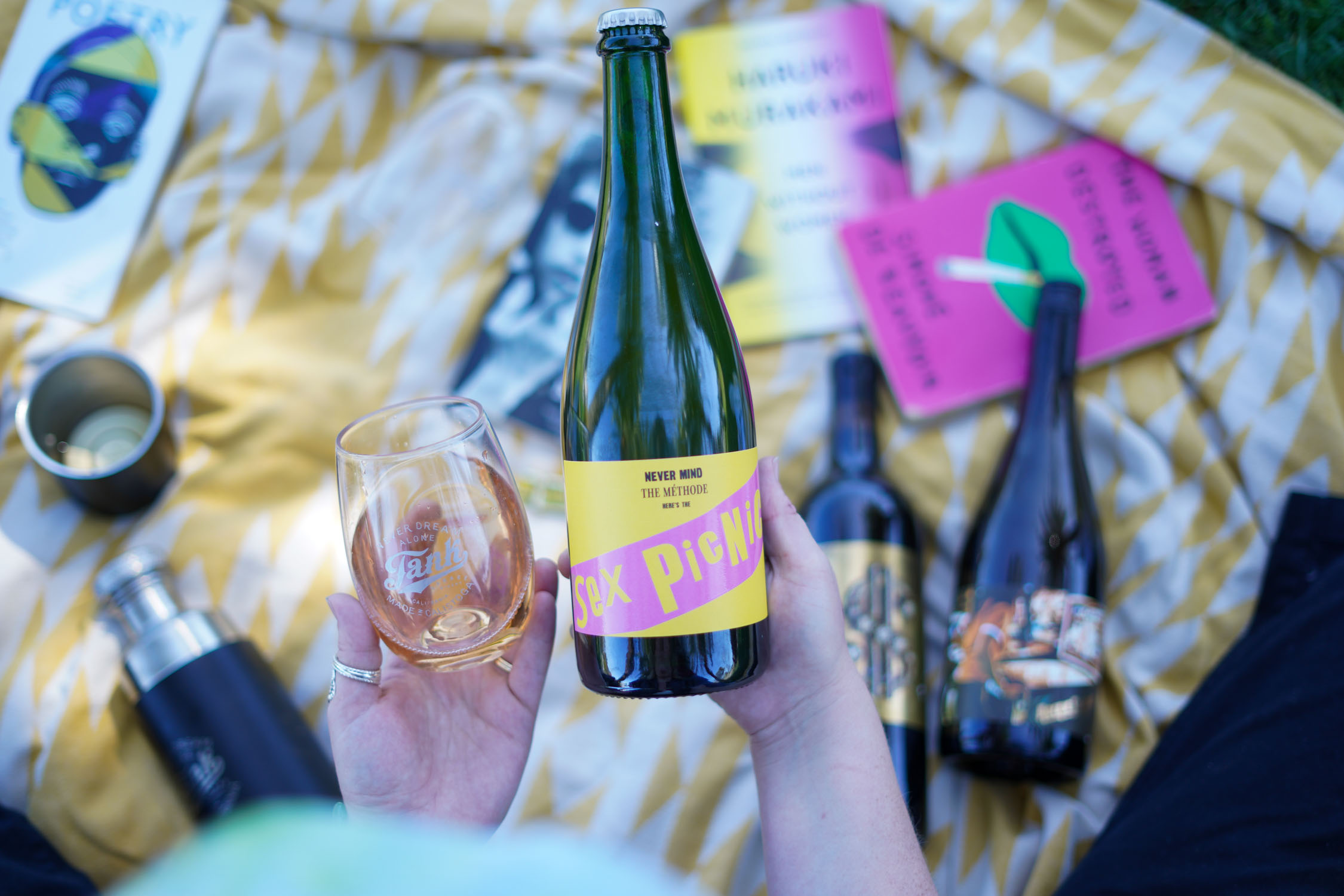Two million people are incarcerated in the United States across jails, state prisons, and federal detention facilities to the tune of $80 billion per year for taxpayers.
In 2009, the federal government indicted artist Jesse Krimes on non-violent drug charges. Krimes would be convicted and serve five years in federal prison. He spent his time in prison creating art, improvising with whatever items he had on hand, whether it was hair gel, a spoon, pages of the New York Times, or bedsheets.
His work Apokaluptein:16389067 consists of 39 different pieces of sheets and is named after the Greek word for “apocalypse,” which also means “uncover” or “reveal,” and Krimes inmate number. That same work also features as the label art for the second release from The Prisoner, a wine brand looking to shift longheld narratives around incarceration. Inspired by Krimes’ method, the 2021 Corrections Reserve Red Wine bottle features a label utilizing a linen paper similar in texture, in addition to embossing and debossing techniques and wrinkles where the different pieces were joined.
Before going to prison, Jesse primarily made three-dimensional sculptures working in metal, which wouldn’t be possible while behind bars. Krimes would adapt his practice, using the techniques used for Apokaluptein:16389067, and draw with colored pencils. That was one of only several ways Jesse would have to adjust to creating while incarcerated.
“I had to adapt to losing my sense of freedom,” Krimes said. “When you are out in the free world, you have access and many options artistically. When I was in the carceral system, particularly in solitary confinement, which I was in for the first year, it made me hyper-focused on creating because, in many ways, all the other kinds of societal markers and things that existed in the world that formed my identity before had been taken from me. The only thing I could do was create; it’s really the only thing they could not take from me. I created a drive and ingenuity to create something positive with this experience and time in a way that I don’t know I would have done the same if I were out in the free world.”
Krimes learned over time that the image of prison on the outside differs from the inside. Between inmates and staff, there were good and bad people.
“I remember being terrified because the media does such a great job of telling these sensationalized stories that turn everyone who is in prison into some kind of monster, criminal mastermind, or a grotesque and violent person,” Jesse says. “When I entered the system, those stereotypes quickly shattered. I realized that the overwhelming majority of people who are incarcerated in this country are just good, genuinely decent human beings. That instilled in me an intense drive to highlight incarceration issues by utilizing my artwork to engage audiences. It’s drastically shifted my practice to be something that is, no matter what I’m creating, designed around ways to push back against all these negative kinds of narratives that have existed forever and instead showcase who we’re actually walking away from and how they’re in no way dangerous, or make people less safe.”
Five percent of Correction’s special edition wine sales will get donated to The Center For Art And Advocacy, an organization dedicated to supporting previously incarcerated artists in developing their skills, innovating, and taking on leadership roles. The Right of Return Fellowship, co-founded by Krimes, which offers awards to artists, is part of The Center For Art And Advocacy.
The Prisoner X Jesse Krimes collaboration follows up on the previous Corrections wine collection with labels featuring Francisco Goya’s The Prisoners.














